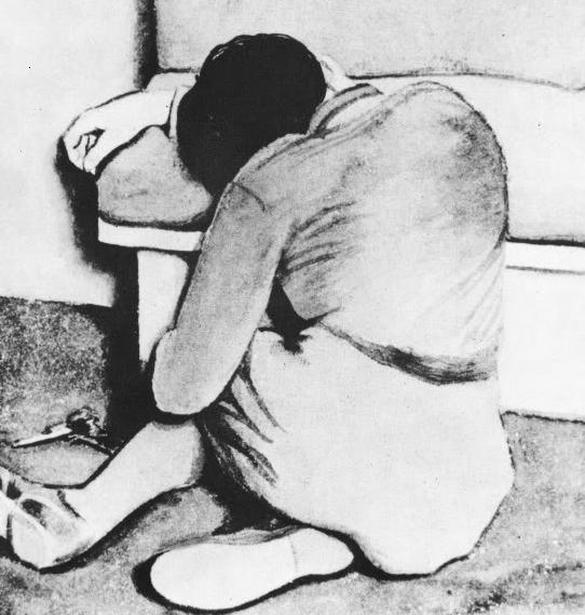It is a widely accepted and validated belief that over 90% of communication is non-verbal and is expressed in the way we say things (i.e. rate of speech, tone of voice) as opposed to what is actually being said. This is to say that the messages in our communication are mainly conveyed through our non-verbal body language which stems from the subconscious mind, rather than the conscious mind – which has a filter that is able to cognitively decipher between what is morally acceptable and what is not. So a person who is angry, but is concerned about what others may think may say verbally through words, “I am not angry,” yet could be boiling with anger inside as evidenced by their non-verbal language typified by an elevated voice, sweaty palms, dilated pupils, and a slammed closet door. The unique thing about non-verbal language is that it often reveals the true meaning behind the words that a person utters from their mouth. So even in silence a person speaks.
The connection that I am attempting to make here is that the subconscious mind can reveal a lot about a person, not only through non-verbal communication, in the form of body language, but also within the context of a clinical assessment through the use of projective tests.
Before I share the drawbacks of projective tests, I must make it clear that I do understand and support the efficacious use of projective tests in therapy. I think they lend some credible information to the clinician who wants to confirm a questionable or uncertain diagnosis. For instance, if through a clinical interview, self-reports, and questionnaires, a clinician finds that their client meets the criteria for a diagnosis of schizophrenia, and the clinician wants to get a third opinion (so to speak) to validate his provisional diagnosis, a projective test (like the House Tree Person) could be administered. It provides an objective, unbiased appraisal of the client’s symptoms, something that a clinical interview and self-reports alone may lack.
However, one must be careful to not rely on the use of projective tests like the HTP alone, as the results can be misleading. Let’s say a person who presents with some symptoms of psychosis, depression, or anxiety, tries to impress the clinician, picks up a pen and paper and draws a very pretty picture to show off his artistic ability and the picture that he draws is reflective of something you may see in a Disney coloring book or the back of a cereal box. Consequently, the interpretation of the projective tests would not reflect an accurate representation of what the client is feeling on the inside because the drawing lacks the subconscious motivation and took place on a conscious and cognitive level, skewed by the client’s intention to impress the clinician.
The same can be said if the opposite were true for a client who is mentally and emotionally healthy but is inspired by “dark art” that depicts death, dying, and the underworld – characteristics that would typically be indicative of a client’s drawings who presents with symptoms of depression or suicidal ideation.
So clinicians should be mindful of these limitations when administering projective tests.
Copyright 2015 Danielle Leach All Rights Reserved

 RSS Feed
RSS Feed
